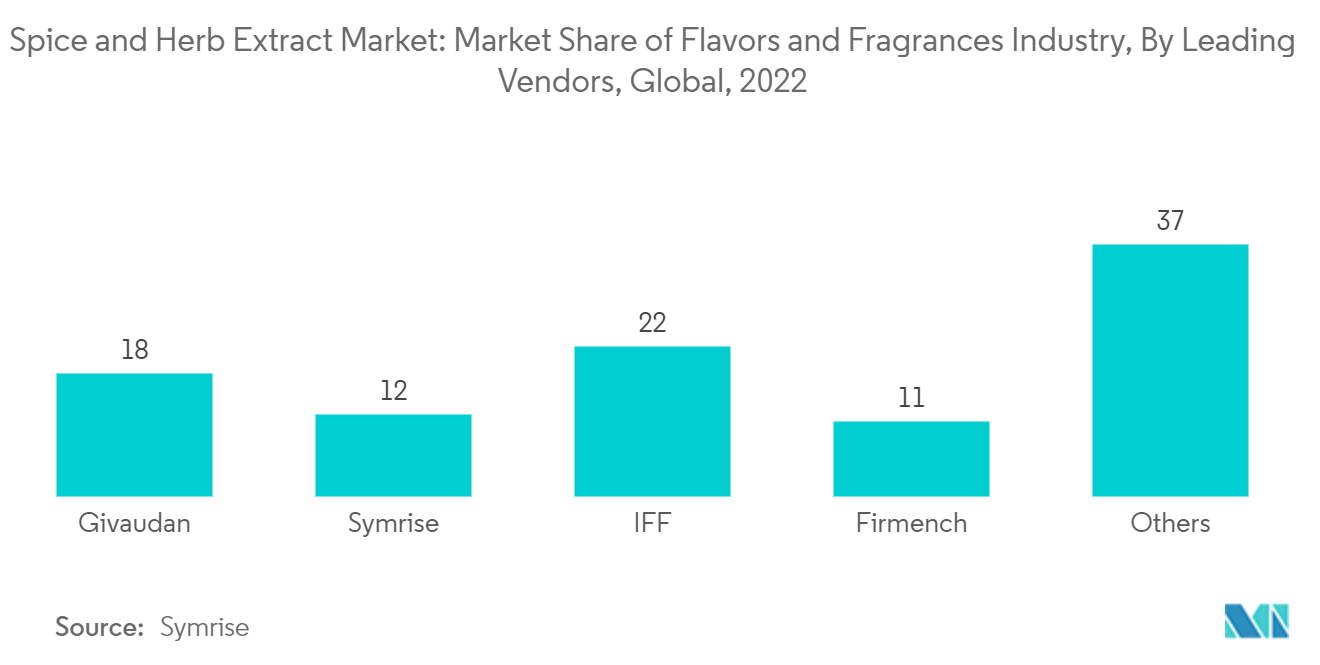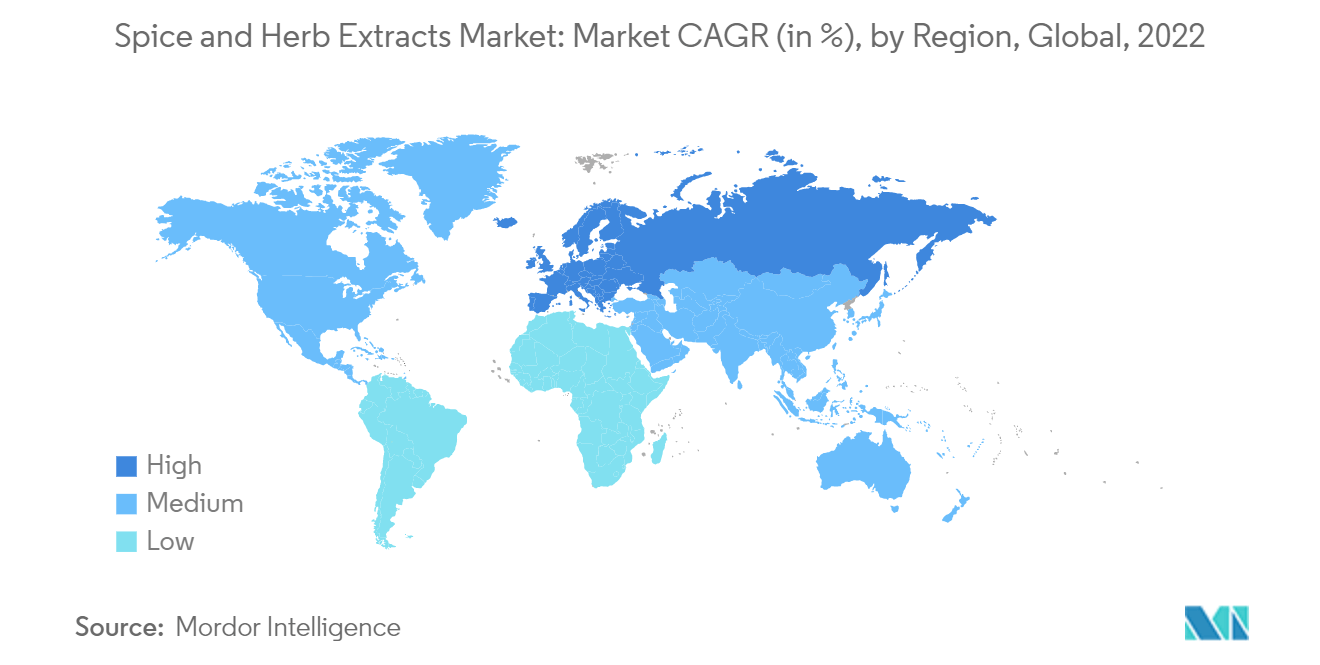Market Trends of Spice and Herb Extracts Industry
Therapeutic Benefits of Spices
Herbs and spices are enriched with various health and therapeutic benefits. Spices improve the taste and flavor of foods and add value to human health in several ways. The majority of spices have antiviral and antibacterial properties, with various vitamins and mineral traces. Spices impart a wide range of health benefits, such as high antioxidant value, reduction of blood sugar levels and diabetes, and improvement of skin health and brain health. Garlic has a powerful compound called allicin, which lowers the chance of heart disease and prevents the growth of cancer cells. Allicin, a potent chemical found in garlic, reduces the risk of heart illness and inhibits the development of cancer cells. These spices are used by several healthy food producers to create goods that promote health and draw in the area's nutrition consumers. Other spices, such as turmeric, are also intensively being promoted for their health benefits. These factors predict huge growth opportunities for the players to strengthen their position in the market by augmenting their product portfolio with spices that cater to larger health benefits for the global consumer who are widely tending toward health-consciousness.
The growth of the diabetic population led to a rise in the popularity of cumin, which promotes weight loss. It is effective in reducing blood cholesterol levels. The market has witnessed an increase in the consumption of spices, due to the growing consumer awareness regarding the health benefits of herbs/spices. Several health food manufacturing companies in this region utilize these spices to introduce and develop health-promoting products and attract the health-conscious consumers of the region. There is now ample evidence that spices and herbs possess antioxidant, anti-inflammatory, antitumorigenic, anticarcinogenic, and glucose- and cholesterol-lowering activities as well as properties that affect cognition and mood. All the above-mentioned factors, drive the market for spice and herb extract market globally.

European Holds Significant Share in the Market
Europe is the largest market for spice and herbs extracts globally. Despite low production, Europe is much inclined towards the import of spice, herbs, and their extracts from developing regions such as Asia-Pacific and the Middle East, and Africa. According to the ITC Trademap, Germany is by far Europe's largest importer of spices and herbs, with an import of 154 thousand metric tons in 2021, which amounts to 21% of total European Union imports. Germany's main imported product categories are pepper and capsicum (33%), ginger, saffron, curcuma, and others (32%), and vanilla (14%). Thus, European consumers' consumption of organic herbs and spices drives the market's growth. On a global scale, Europe is a mature market for spice and herb extracts and the growth rate is comparatively slower than other regions.
According to UNWTO, 584.9 million international tourists arrived in Europe in 2022. Furthermore, due to globalization and increasing tourism activities, demand for ethnic food has been increasing, which is, in turn, boosting the demand for spice and herbs extracts in various regions, and this trend is expected to continue during the forecast period. Europe was the region with the highest number of international tourist arrivals worldwide. For instance, according to European demand for spices is growing mostly due to interest in new tastes and healthy living. Furthermore, increasing inclination toward good-for-health food, organic food ingredients, food having a greater amount of transparency, and less amount of sodium in salts are expected to create opportunities for the companies manufacturing spices and seasonings. Therefore, this factor is expected to increase the consumption of organic ingredients, such as spices in home-prepared food. Also, the growing popularity of organic spices among European customers due to their chemical- and pesticide-free properties, as well as European spice and herb extract, are expected to drive growth during the forecast period. However, the majority of European food processors utilize organic herbs and spices for the sole objective of product differentiation, which in turn boosts the European spice and herb extract market.


